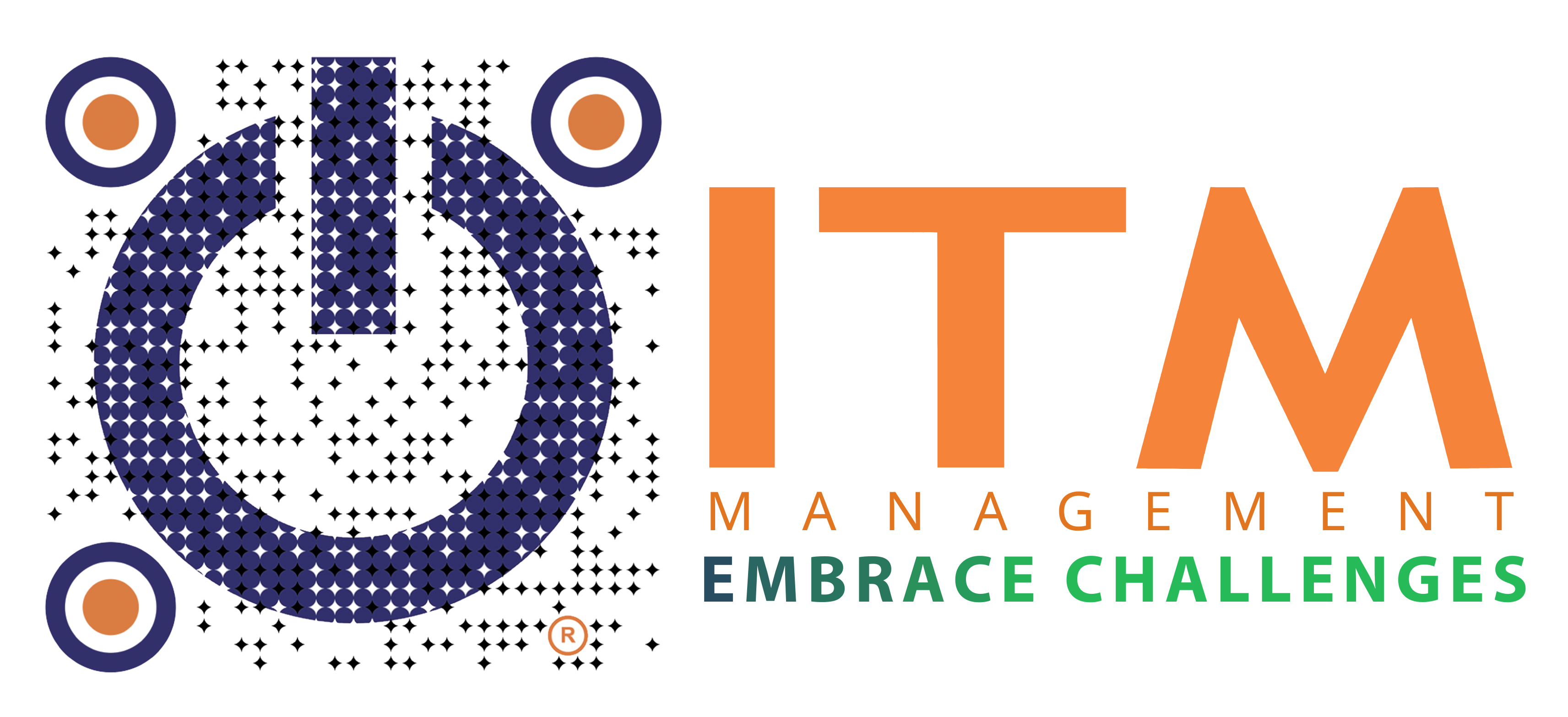In today’s world, Artificial Intelligence (AI) is no longer a distant concept or a tool reserved for research labs – it has become deeply integrated into our daily lives. From virtual assistants and customer service chatbots to creative design tools and business automation, AI now supports us in countless ways, both personally and professionally. Through frequent interactions with AI, you can even create your AI twin – a digital version of yourself that imitates your personality, communication style, or even behavior patterns. This technology opens new possibilities for creativity, productivity, and personalized experiences.
But opportunity comes with risk. In early 2025, several public figures reported that their AI-generated likenesses were cloned without consent and used in scams ranging from fake investment pitches to fraudulent product endorsements.
Therefore, on the other hand, using AI without proper awareness can bring significant risks. Careless use of AI tools may lead to unintentional data leaks, especially when users share sensitive information such as passwords, financial data, or customer records. Moreover, malicious actors can exploit AI to fake or scam your identity, creating deepfakes, fraudulent emails, or cloned voices that appear authentic.
This guide presents 8 practical tips on how to use AI safely to help you balance convenience with control.
Understand AI and Why They Require Caution
Before considering how to protect from them, it is important to understand what an AI truly represents. An AI sometimes referred to as a digital twin, is a synthetic identity generated by artificial intelligence. It is built from personal inputs such as your thoughts, data, informations, images, voice recordings, or written text, and not only a static photograph, but also dynamic capable of moving, speaking, and interacting in real time.
Industry research indicates that incidents of AI-related privacy breaches are increasing year over year, a trend that highlights the urgency of adopting protective measures.
To use AI responsibly and securely, organizations and individuals should follow a few essential practices:
- Tip 1: Never input confidential information into public AI tools.
- Tip 2: Don’t Rely Solely on Privacy Settings
- Tip 3: Secure Your Ownership Rights
- Tip 4: Choose reputable platforms with clear privacy and data retention policies.
- Tip 5: Verify unexpected requests through official channels.
- Tip 6: Prevent Malicious Use
- Tip 7: Train employees to recognize phishing, deepfakes, and AI-based scams.
- Tip 8: Enable Multi-Factor Authentication (MFA) for important accounts.
Public AI platforms (like ChatGPT, Gemini, or Copilot) often store user queries to improve performance. Inputting sensitive business data, internal documents, or personal identifiers can unintentionally expose that information.
-
- Avoid sharing internal files, client data, or proprietary code in AI prompts.
- Use anonymized or simulated data instead.
Example: Marketing / Sales teams can replace customer names with random IDs before uploading data to AI-based segmentation tools.
Most platforms offer privacy settings controls that let you decide who can see or share your information. While important, they are not absolute protections. Systems can be hacked, and databases can leak.
-
- Combine platform protections for best safeguards.
- Check whether platforms have a history of data breaches.
- Limit personal data and set up monitoring alerts.
When you upload content, you often agree to a platform’s terms of service legal documents that can grant the platform broad rights to use your data commercially.
-
- Carefully read the Terms of Service before uploading content.
- Scrutinize clauses about user-generated content and data licensing.
- Stay informed on emerging AI and likeness rights regulations
Not all AI tools are equally secure. Always verify whether the provider:
-
- Encrypts data during transmission and storage
- Offers user control over data deletion
- Provides transparency about how data is used or shared
Tip: Look for vendors that comply with GDPR, ISO/IEC 27001, or SOC 2 standards – these certifications indicate mature data protection practices.
Cybercriminals are increasingly using AI-generated deepfakes and voice cloning to impersonate executives or suppliers. Always confirm high-risk actions (like payments, password resets, or data transfers) via verified communication channels.
Case: In 2024, a multinational company lost over $25 million after a finance officer followed a fake video call instruction generated with deepfake technology.
Even if your data and information is managed carefully, it can still be exploited by bad actors. Fraudsters may impersonate you to scam your contacts or damage your reputation.
-
- Educate your network to recognize impersonation attempts.
- Use identity verification in sensitive interactions.
- Maintain an official, trusted online presence to counter fake profiles.
Human error remains the weakest link in cybersecurity. Continuous Security Awareness Training helps staff identify:
-
- Suspicious emails generated by AI
- Fake websites or chatbots mimicking company platforms
- Deepfake videos or cloned voices requesting sensitive actions
Even if login credentials are stolen, MFA adds an additional security layer that can block unauthorized access. It’s one of the most effective defenses against account takeovers.
Stay Smart, Stay Secure in the Age of AI
Artificial Intelligence is transforming the way we work, connect, and create but as it becomes more integrated into daily life, the line between innovation and intrusion grows thinner. Protecting your data, identity, and reputation in this digital era requires not just technology, but awareness and responsibility.
Every click, upload, or prompt can shape your digital footprint. By using AI wisely with caution, transparency, and security in mind you can harness its full potential while minimizing the risks of data leaks, impersonation, and misinformation.
At the end of the day, AI is only as safe as the person who uses it.
Take Control of Your AI Identity
Empower your team with the knowledge to recognize, prevent, and respond to AI-driven threats.
That’s why ITM gives you the knowledge and tools to stay in control:
-
- Detect manipulation and deepfakes before they spread.
- Understand different types of cyberattacks and how they impact your data.
- Learn how to use AI safely and responsibly.
- Develop habits and practical tips to secure your devices, manage data, and navigate social media and mobile platforms safely.
- Build long-term digital resilience through awareness and proactive safeguards.
Contact ITM today to explore our Security Awareness Training and Data Protection Solutions because smart technology deserves smart users.
Let ITM be your trusted partner for a safer, smarter, and cyber-ready digital identity.








